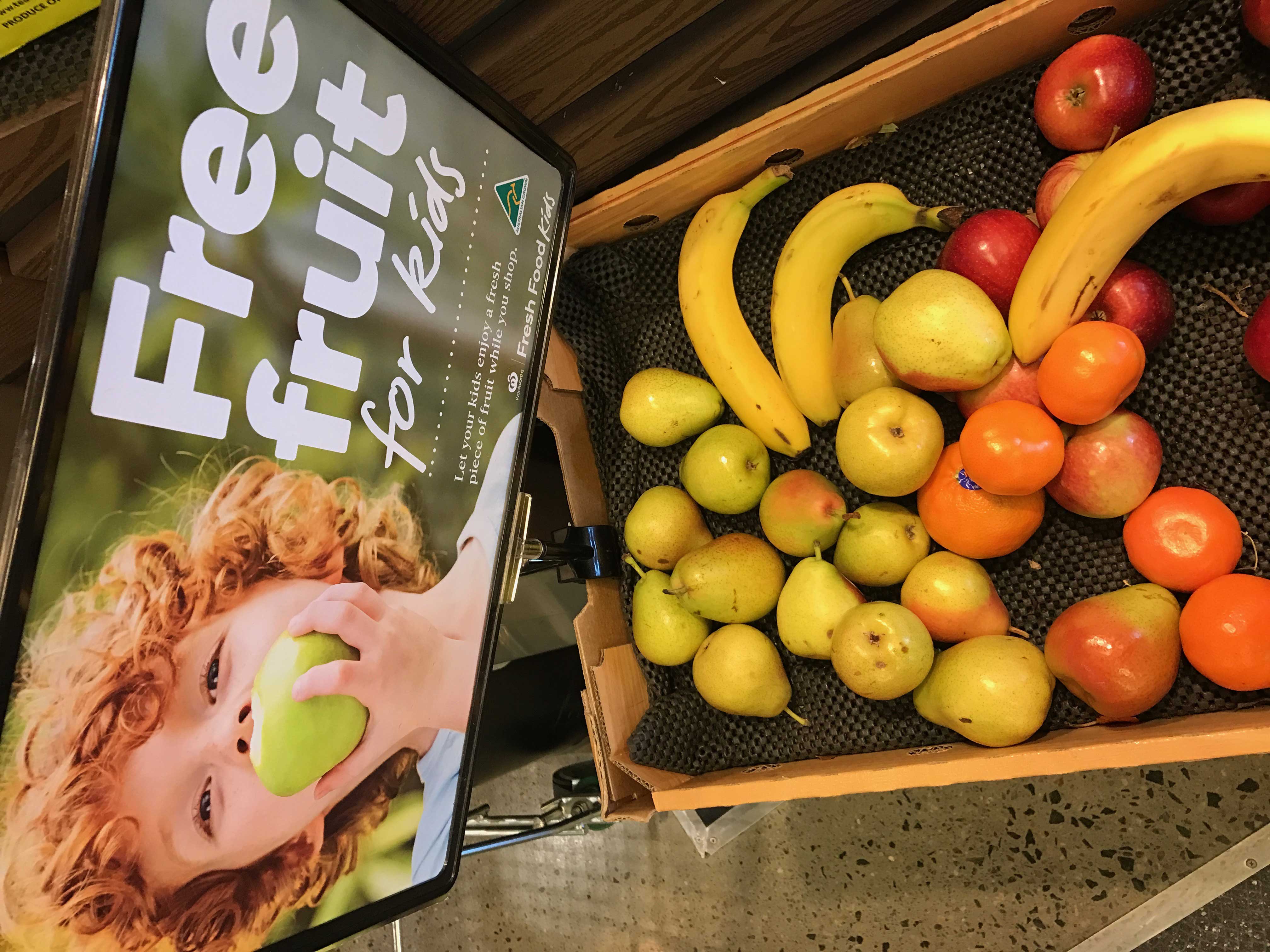Despite years of promising not to target children with their sugar-laced fare, some of Australia’s biggest food manufacturers have been called out by a parenting group for “using shameful marketing techniques” to promote the sweet stuff to some of our youngest consumers.
Parents’ Voice has a few strongly titled categories in its Name and Shame awards; companies get the annual honour of the Pester Power, Foul Sport and Digital Ninja awards and this year Coca-Cola has cleaned up.
To break it down:
- Pester Power: Coca-Cola won for an ad featuring a young boy looking up to his cool, Coca-Cola-drinking older brother
- Foul Sport: Coca-Cola took out this category too, this time for its Powerade Ion4 campaign tagged “Hydrating Our Olympians” and featuring athlete and NBA star Andrew Bogut
- Digital Ninja: Milo took out this prize for its digital Champions Band program. It involved an activity tracker that syncs to mobile applications.
Parents’ Voice said the Milo campaign “led children to believe MILO was an integral part of healthy living despite being almost 50 per cent sugar”.
“Parents are not happy that Australian sport is dominated by junk food and sugary drink advertising,” Alice Pryor from Parents’ Voice said.
“Watching sport, and in this case the Rio Olympics, as a family, should be a time free from unhealthy influences.”
‘Cradle to grave’ marketing strategies
This is a big issue because it’s big business. The food industry – or Big Food – is only accountable to itself when it comes to advertising its products to children. It follows a set of self-governed guidelines and a lot of experts say that system is not working.
The problem goes a little something like this: children are bombarded with advertising messages from celebrities or sporting heroes endorsing products, from product placement in their favourite movies or TV shows, they’re exposed to ads in the after-school viewing hours, they see promotions in apps and on their social media feeds, they enter competitions where the prize is a food product and they develop a loyalty to brands that sell food that is just not good for them.
This develops a habit and one that can last a whole life long. And the only party to benefit is Big Food. They’ve got a customer, “from cradle to grave”.
Choice published an excellent piece on the subject, reporting that according to information from a children’s marketing conference, “a lifetime customer may be worth $100,000 to a retailer, making effective ‘cradle-to-grave’ strategies extremely valuable.”
“For this reason, building brand loyalty is critical and marketing to kids is the best way to do so.”
What can parents do?
Choice recommends:
- Talk to kids about food. Try to combat the onslaught of messages promoting unhealthy food by making them literate of them
- Distinguish between everyday foods and sometimes foods
- Reduce sugary drinks and offer smaller serving sizes
- Reduce the amount of screen time to two hours a day at most
- It is important to monitor what your kids are watching and what apps they’re using
Jamie Oliver and Woolworths won the Parents’ Choice Food Fame award for their free fruit program. It offers children a healthy snack on the house while mum and dad do the shopping.
Nutrition program manager at Cancer Council NSW Wendy Watson said: “With one in four Australian children overweight or obese it’s good to see a major supermarket chain leading the way to counter pester power by providing a healthy option for kids while mum or dad does the shopping.”





